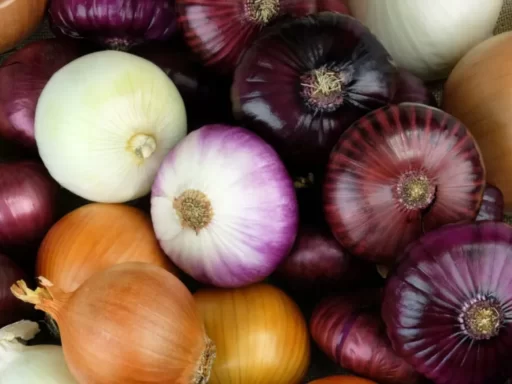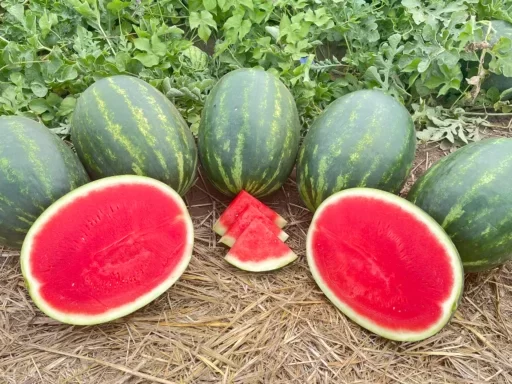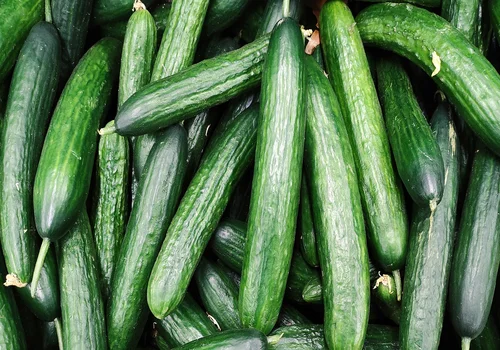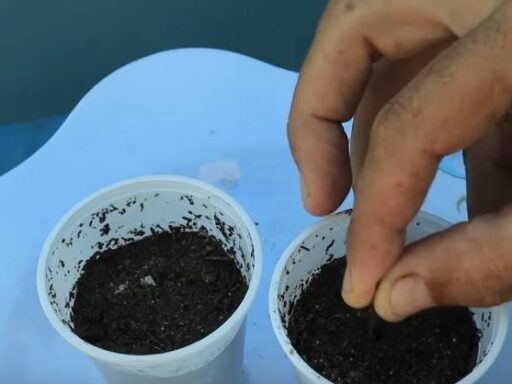Pepper plants are a popular choice for home gardeners, offering a wide range of varieties from sweet to spicy. Whether you’re planting sweet banana peppers or fiery hot peppers, the basic care guidelines are the same. In this article, we will cover everything you need to know about planting pepper plants, from spacing to fertilization, and how to ensure your peppers thrive.
Step 1: Proper Spacing for Pepper Plants
When it comes to growing healthy pepper plants, the first key factor is spacing. Pepper plants thrive when they have adequate space to grow, which prevents overcrowding and allows them to develop fully. For optimal growth, peppers should be spaced about one square foot apart. This spacing is sufficient for the plants to receive the right amount of sunlight and airflow while protecting each other from wind damage. Especially for young and tender pepper plants, planting them closer together helps reduce the risk of wind damage by allowing the plants to act as a natural windbreak.
Step 2: The Importance of Planting Depth
The depth at which you plant your pepper seedlings is also critical. Pepper plants benefit from being planted slightly deeper than their original container depth. Ideally, the top of the soil around the pepper plant should sit about 1 to 2 inches below the surface of the surrounding garden soil. This depth allows the stem of the pepper plant to develop additional roots, providing greater stability and access to nutrients. Planting peppers slightly deeper enhances their ability to thrive in the long term.
Step 3: Choosing the Right Fertilizer
Fertilizing your pepper plants is essential for promoting healthy growth and fruit production. Using a slow-release, organic, all-purpose fertilizer is highly recommended. Fertilizers with an NPK ratio close to 5:5:5 (nitrogen, phosphorus, potassium) are ideal, though slight variations are acceptable.
For example, you can use a fertilizer with an NPK ratio of 7:6:9, which offers balanced support. Nitrogen helps with the development of leaves and stems, phosphorus is essential for root growth and fruit development, and potassium promotes the overall health of the plant by aiding in cellular division.
Additional Fertilizer Options
Apart from the basic all-purpose fertilizer, you may want to consider supplementing with specific additives such as:
- Bone Meal: A 100% organic source of phosphorus that promotes strong root growth, especially in the early stages of the plant’s life.
- Crab and Lobster Shell Meal: This natural source of calcium and chitin can help prevent nematode infestations and improve overall plant health. It’s also beneficial in preventing blossom end rot, a common issue in pepper plants.
Step 4: Planting and Mixing Fertilizers
Before planting, mix the fertilizers into the soil. For each planting hole, you can add approximately two tablespoons of all-purpose fertilizer, one tablespoon of crab and lobster shell meal, and one tablespoon of bone meal. Mixing these fertilizers thoroughly into the soil ensures the plant roots have access to nutrients right from the start.
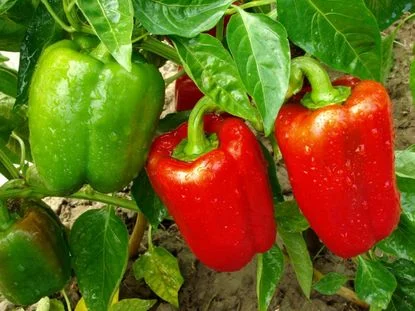
Once the fertilizers are mixed, place the pepper plant in the hole and firm the soil around the plant. Make sure the plant is securely seated, but avoid packing the soil too tightly, as peppers prefer well-aerated soil.
Step 5: Watering and Using Water-Soluble Fertilizers
After planting, it’s crucial to water your peppers properly. In addition to slow-release fertilizers, consider using water-soluble fertilizers for an immediate nutrient boost. These fertilizers are available for immediate use by the plant and help support early growth.
For the first two fertilizations, a high-nitrogen fertilizer, like those with a 24:8:16 ratio, can be used to encourage leafy growth. However, you should switch to a balanced fertilizer, such as an 18:18:21 formula, after the initial growth phase to support fruiting.
Step 6: Organic vs. Chemical Fertilizers
If you prefer to keep your gardening completely organic, you can skip chemical fertilizers altogether and use alternatives like Epsom salt and fish emulsion. Epsom salt is rich in magnesium and can be added during the initial transplanting and flowering phases to prevent deficiencies. Fish emulsion, another excellent organic option, provides a broad range of trace nutrients and helps plants recover from transplant shock.
Using organic methods may result in slightly slower growth, but the overall health and taste of the peppers are often enhanced.
Step 7: Avoiding Common Fertilizer Mistakes
While fertilizing is essential, it’s important not to overdo it. Over-fertilization, especially with chemical fertilizers, can lead to leaf burn and root damage. Always follow the instructions on the fertilizer packaging, and if you’re unsure, it’s better to err on the side of caution.
For example, if using a water-soluble fertilizer, aim for one tablespoon per gallon of water for mature plants. For younger transplants, reduce the concentration by half to avoid overwhelming the delicate root system.
Step 8: How to Maintain Healthy Growth
Throughout the growing season, continue to monitor your pepper plants’ growth and adjust their care as needed. Watch for signs of nutrient deficiencies, such as yellowing leaves or slow growth, and treat these issues promptly. Also, be aware of the different pests and diseases that could affect peppers, such as nematodes or blossom end rot, and take preventive measures as necessary.
By the time your plants are fully grown, they should be producing a generous amount of peppers. Be sure to harvest them regularly to encourage continued production and to enjoy the fruits of your labor.
Conclusion
Growing peppers can be a rewarding and enjoyable experience when done correctly. By following these simple guidelines on spacing, planting depth, fertilization, and watering, you can ensure your pepper plants thrive. Whether you prefer organic methods or use chemical fertilizers, your pepper garden will yield a bountiful harvest if properly cared for.
Frequently Asked Questions
- How deep should I plant pepper seedlings?
Plant pepper seedlings so the soil level is 1-2 inches below the surrounding garden soil. - What is the best fertilizer for pepper plants?
A balanced slow-release organic fertilizer with an NPK ratio close to 5:5:5 is ideal. - Can I plant peppers closer together?
Yes, peppers can be planted with one square foot of space between each plant, which helps protect them from wind damage. - Is it necessary to use organic fertilizers for peppers?
While not necessary, organic fertilizers improve soil health and are better for long-term plant growth. - When should I use water-soluble fertilizers?
Use water-soluble fertilizers during the initial growth phase and when flowering begins for the best results. - How often should I fertilize my pepper plants?
Fertilize your pepper plants every 4-6 weeks during the growing season, using slow-release or water-soluble fertilizers as needed. - What can I do if my pepper plants develop blossom end rot?
Blossom end rot can often be prevented by adding calcium to the soil, using supplements like crab and lobster shell meal.

